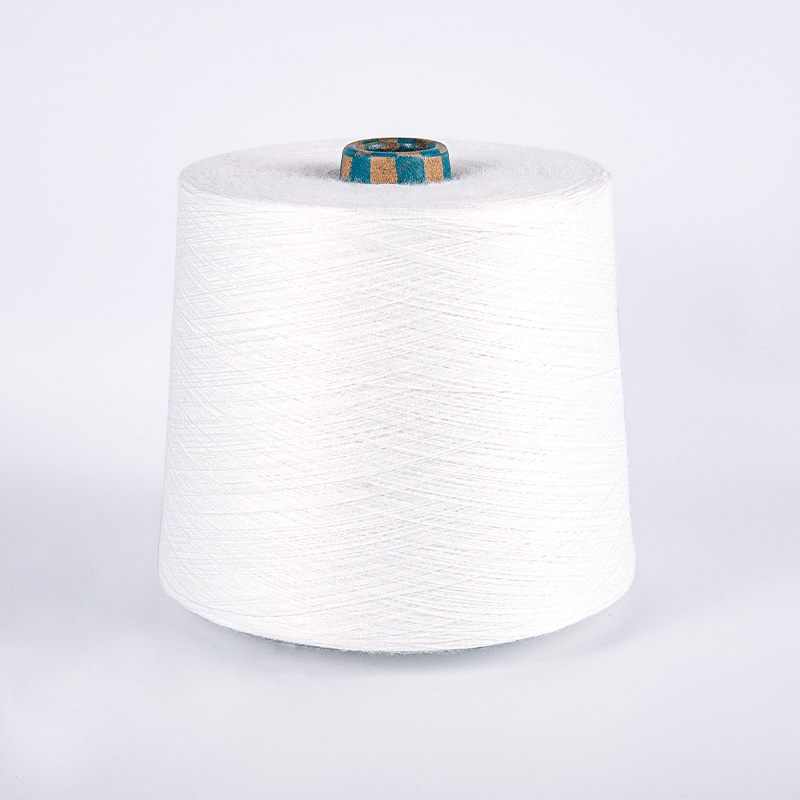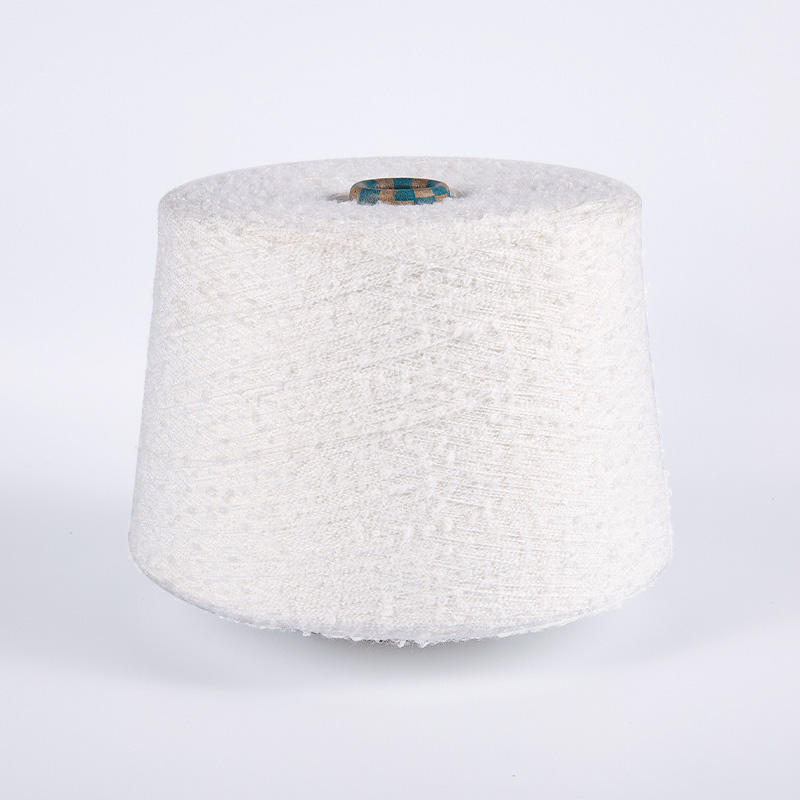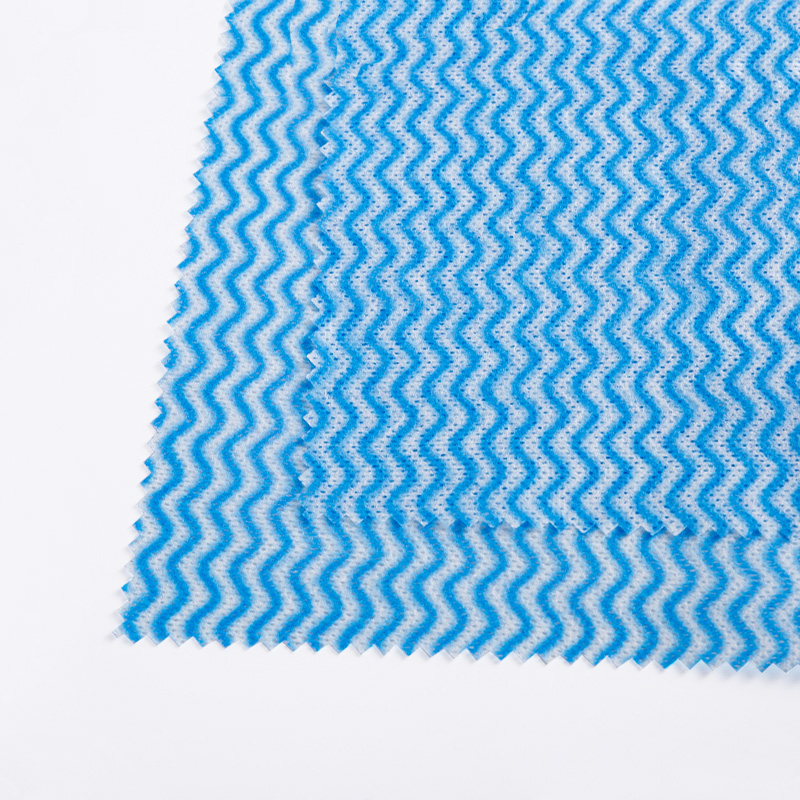
Chemical Fiber Polyester Yarn: A Driving Force for Innovation in High-Performance Textile Materials
Posted by Admin | 08 Nov
In the modern textile industry, Chemical Fiber Polyester Yarn, with its superior physical properties, stable chemical properties, and wide range of applications, has become an indispensable basic material in the global textile manufacturing field. It is not only an important component of clothing fabrics but also a crucial raw material in many other fields, including industrial fabrics, home décor, and functional textiles. With the development of technology and the diversification of consumer demands, the production technology and functional characteristics of polyester yarn are constantly being innovated, driving the entire textile industry towards high-quality and sustainable development.
I. Basic Characteristics and Composition Structure of Chemical Fiber Polyester Yarn
The main component of polyester yarn is polyethylene terephthalate (PET). This high molecular compound is formed through a condensation reaction and possesses a very strong molecular chain structure, giving it excellent physical strength, abrasion resistance, and wrinkle resistance. Compared to natural fibers, polyester yarn has a more compact molecular arrangement and higher crystallinity, thus maintaining stable performance even in complex environments such as high temperature, high humidity, and friction.
In the spinning process, polyester is melt-spun into continuous filaments, which, after cooling, are then drawn and textured to produce polyester yarns of different specifications and properties. Different processing parameters determine the yarn's thickness, strength, luster, and elasticity, which is the fundamental reason why polyester yarn can be widely adapted to various weaving methods.
Modern polyester yarn has gone beyond its traditional physical properties. With advancements in molecular modification and post-processing technologies, polyester fibers have seen significant improvements in hydrophilicity, breathability, antibacterial properties, and UV protection. These characteristics have transformed polyester yarn from a single clothing material into a multi-functional yarn with various properties, meeting the needs of different applications.

II. Performance Advantages and Application Expansion of Polyester Yarn The outstanding advantage of chemical fiber polyester yarn lies in its excellent mechanical properties. Its high-strength molecular chain structure makes it less prone to breakage during weaving, resulting in crisp and durable finished fabrics; its low moisture absorption ensures dimensional stability and quick-drying characteristics in humid environments, making it ideal for the production of sportswear and outdoor products.
In the industrial sector, polyester yarn is widely used in conveyor belts, filter cloths, safety belts, and industrial sewing thread due to its excellent chemical corrosion resistance. Its high abrasion resistance and high modulus effectively extend its service life and reduce maintenance costs. Meanwhile, in home textiles, polyester yarn's excellent dyeing properties and fade resistance make it an important choice for decorative fabrics such as curtains, sofa fabrics, and carpets.
In recent years, with the increasing awareness of environmental protection and the popularization of green manufacturing concepts, polyester yarn has also shown new potential in recycling. The maturity of recyclable polyester (rPET) technology allows waste plastic bottles to be transformed into high-quality yarn through recycling processes, not only reducing environmental pollution but also providing a practical path for the sustainable development of the textile industry.
III. Production Process and Technological Innovation of Polyester Yarn The production process of polyester yarn includes multiple stages such as polymerization, spinning, stretching, winding, and texturing. The process control at each stage directly affects the final performance of the yarn. Traditional polyester yarn is mainly produced through melt spinning, a process characterized by high efficiency, low energy consumption, and stable products. In recent years, the introduction of intelligent production equipment and the application of automated monitoring systems and precision drafting technology have significantly improved the uniformity and consistency of yarns.
At the level of technological innovation, new types of yarns such as low-melting-point polyester yarn, cationic dyeable polyester yarn, and antistatic polyester yarn are constantly emerging. These differentiated products improve the physical properties of traditional polyester by modifying polyester raw materials or adding functional auxiliaries, making them more competitive in the high-end textile sector. For example, in the production of composite fabrics, low-melting-point polyester yarn, as a bonding fiber, can achieve thermal fusion bonding between fibers at low temperatures, enhancing the interlayer strength of the fabric.
The introduction of nanotechnology has provided new directions for the functionalization of polyester yarn. By adding materials such as nano-silver and nano-titanium dioxide to the fiber surface, polyester yarn possesses multiple functions such as antibacterial, stain-resistant, and UV-resistant properties, and is widely used in medical, outdoor, and sports fields, adding higher market value to the products.
As a core raw material of the modern textile industry, chemical fiber polyester yarn is leading the development direction of textile materials with its excellent comprehensive performance and continuous technological innovation. Whether in the fields of clothing, home textiles, or industrial fabrics, polyester yarn demonstrates enormous market value due to its high strength, ease of maintenance, and functional properties.
+86-18058809000
+86-571 86218111



 English
English 中文简体
中文简体






